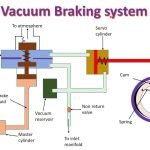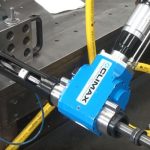
The 450 Wh/kg, 1150 Wh/L lithium-ion battery cells — the first of their kind to be deployed commercially, per Amprius, — were shipped to an industry leader of a new generation of High-Altitude Pseudo Satellites (HAPS), but no exact name was provided.
“This advancement from the 405 Wh/kg product, […], highlights the acceleration of our roadmap towards delivering products with unrivaled performance.
“Our proprietary Si-NanowireTM platform and the comprehensive solutions we have developed enable unparalleled performance and continue to sustain our product leadership,”.
Better batteries
“Silicon (Si) has been recognized as one of the most promising anode materials for Li-ion batteries due to its high gravimetric theoretical lithium storage capacity (3,579 mAh g−1), compared to conventionally used graphite anodes (372 mAh g−1)2, while also having a relatively low discharge voltage.”
Bearing that in mind, Amprius’ Silicon nanowire technology uses 100 percent silicon nanowire anodes and directly replaces graphite anodes. The other components of the battery are made up of the already-established global supply chain for lithium-ion batteries.
By using only silicon, Amprius is able to provide lithium-ion batteries which have what the company claims are the highest energy density available. On top of that, silicon nanowires enable the batteries to have the highest ratio of energy to power, because they’re connected directly to the substrate without any binders. And finally, the life cycle is longer.
Flight time increases nearly three times more than regular graphite anodes and electric vehicle range nearly doubles.
In numbers, Enpower points out that Tesla’s current Model 3 cells (the best comparison to date) hold around 260 Wh/kg and 730 Wh/l, whereas Amprius’ new cells hold 450 Wh/kg and 1,150 Wh/l — a significant jump up.

